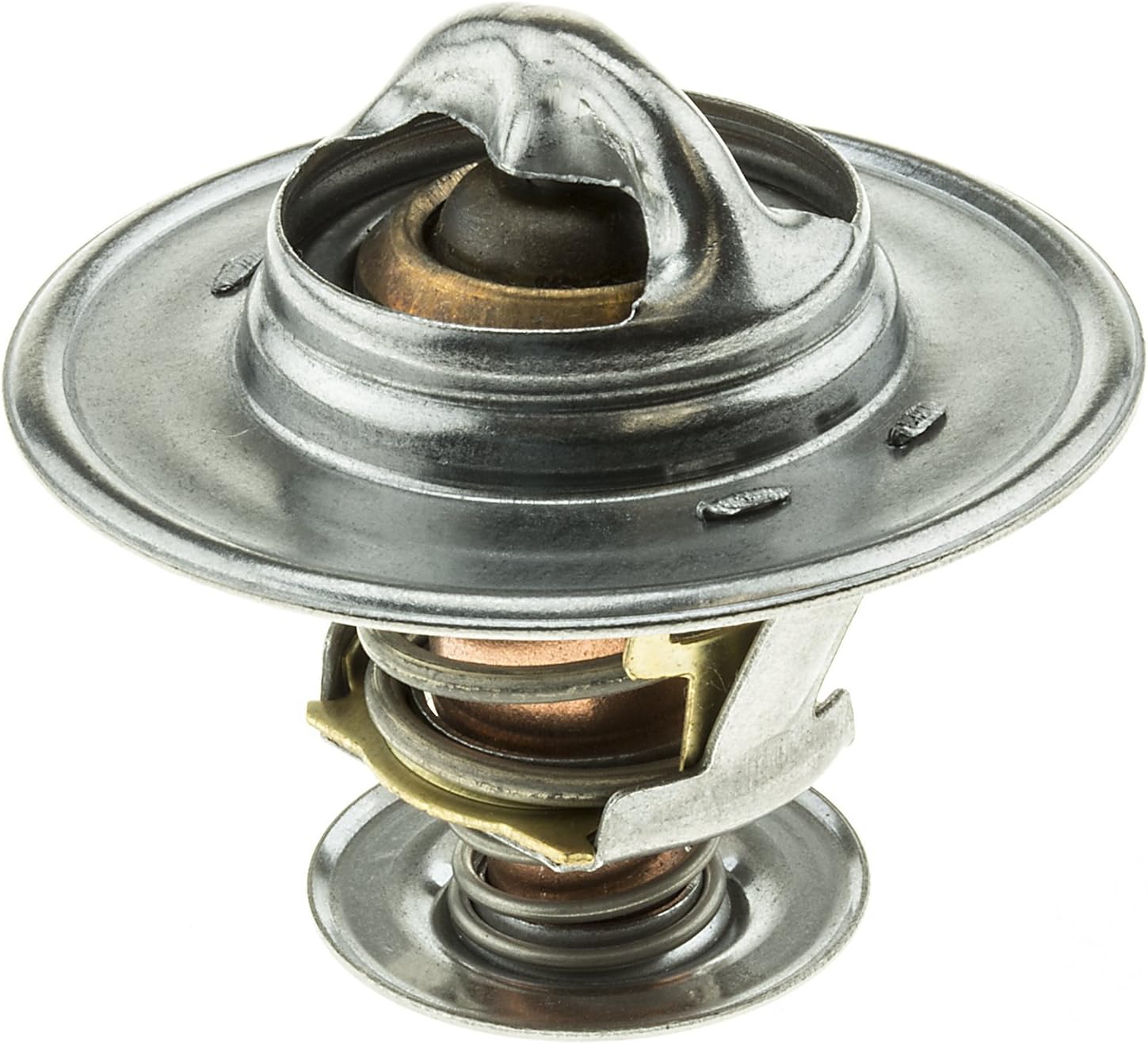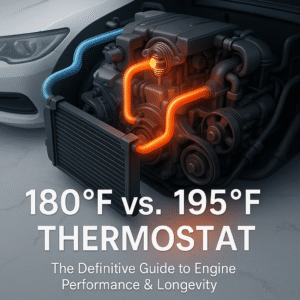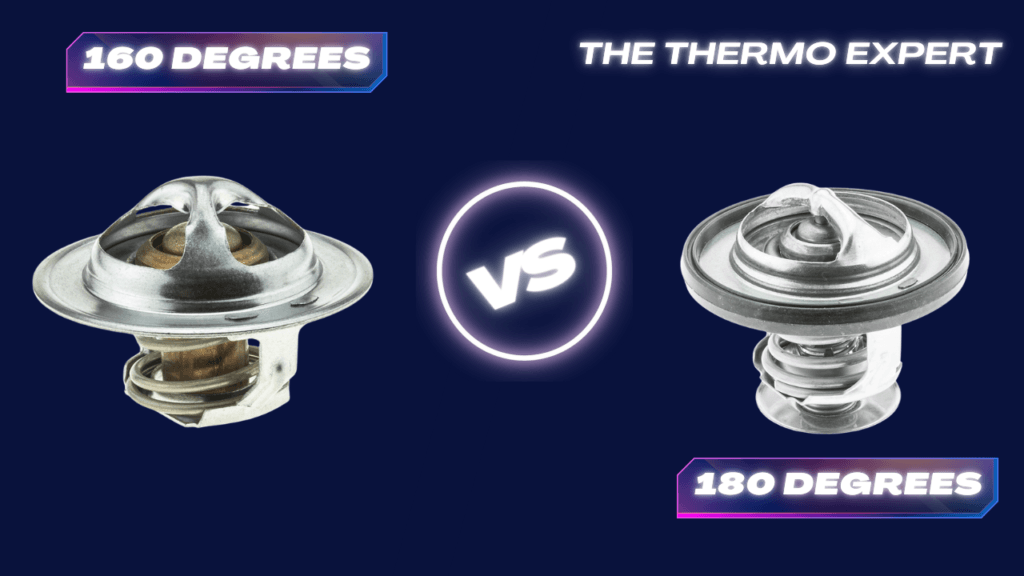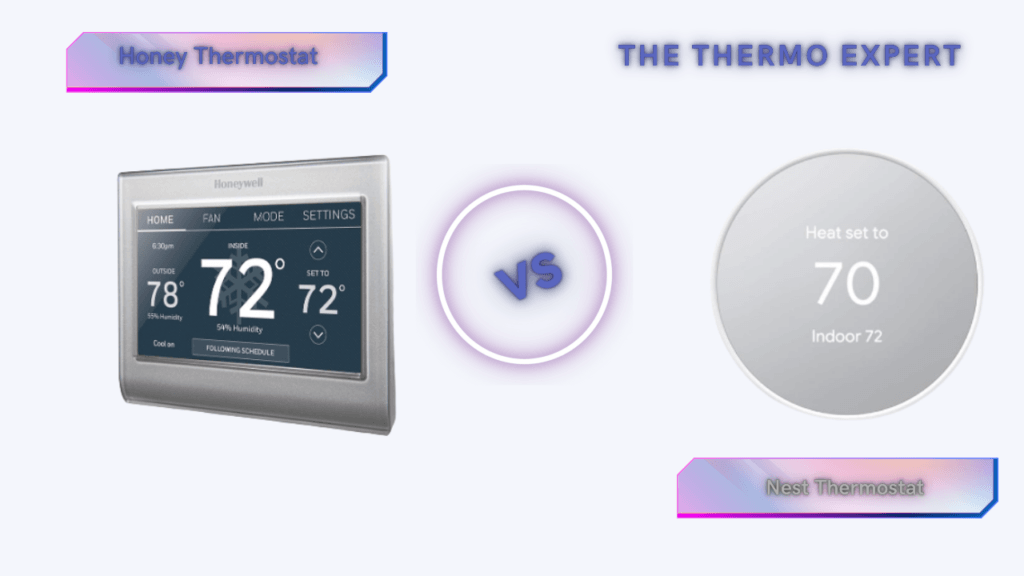180°F vs. 195°F Thermostat: The Definitive Guide to Engine Performance & Longevity
If you’ve spent any time on car forums or talking shop with mechanics, you’ve likely encountered the great thermostat debate: should you stick with the factory 195°F thermostat or switch to a cooler 180°F unit? It’s a seemingly minor 15-degree difference, but the implications for your engine’s health, performance, and efficiency are significant. Many believe a cooler engine is always a healthier engine, but modern automotive engineering tells a more nuanced story.
This guide will cut through the myths and misinformation. We’ll dive deep into the science behind engine operating temperatures, explain why your car’s manufacturer chose the temperature they did, and provide clear, data-driven reasons to help you choose the right thermostat for your vehicle and driving style.
The Quick Verdict: Which Thermostat Should You Use?
For over 95% of stock, daily-driven vehicles, the answer is unequivocally the 195°F (or OEM-specified) thermostat. Modern engines are designed by teams of engineers to run at this higher temperature for optimal fuel combustion, lower emissions, and proper lubrication. Deviating from this can actually harm your engine and reduce performance. A 180°F thermostat should only be considered for very specific, niche applications like heavily modified race engines with a custom ECU tune, and it is NOT a fix for an overheating problem.
How a Thermostat *Really* Works (The Simple Analogy)
Before we compare temperatures, let’s clarify what a thermostat does. Think of it as a smart gatekeeper for your engine’s coolant. It sits between the engine and the radiator, controlling the flow.
- When the engine is cold: The thermostat stays **closed**. This keeps coolant trapped inside the engine block, allowing the engine to warm up as quickly as possible. A cold engine is inefficient, pollutes more, and wears out faster.
- When the engine reaches operating temperature (e.g., 195°F): The wax inside the thermostat melts and expands, pushing a valve **open**. This allows hot coolant to flow to the radiator to be cooled down.
Crucially, the thermostat sets the **minimum normal operating temperature**. It does not determine the maximum temperature. If your engine is overheating, your cooling system (radiator, fans, water pump) can’t keep up, and a lower-temp thermostat won’t fix that underlying problem.
Why Most Modern Cars Use a 195°F Thermostat: The OEM Standard
Vehicle manufacturers spend millions on research and development. The 195°F (90°C) thermostat isn’t an arbitrary choice; it’s the key to unlocking the efficiency and longevity engineered into your engine.
Key Benefits of a 195°F Thermostat:
- Optimal Fuel Efficiency (Better MPG): At 195°F, gasoline atomizes (turns into a fine mist) more effectively. This allows for a more complete and powerful combustion event. A cooler engine can cause the Engine Control Unit (ECU) to stay in “open loop” mode, a warm-up phase where it injects extra fuel, hurting your gas mileage.
- Reduced Harmful Emissions: A complete, hot burn means fewer unburnt hydrocarbons (raw fuel) exit through the exhaust. This is critical for your catalytic converter, which needs to reach a high temperature to effectively scrub pollutants from the exhaust. A 195°F thermostat helps it get there faster and stay there.
- Improved Oil Performance and Reduced Sludge: Engine oil has a target temperature range. At 195°F, it flows easily to lubricate every tiny part of your engine. More importantly, this temperature is hot enough to burn off moisture and fuel contaminants that inevitably seep into the oil. Running too cool prevents this “housekeeping,” allowing moisture and fuel to churn into a thick, engine-killing sludge.
- Powerful Cabin Heater: Your car’s heater works by blowing air over a small radiator (the heater core) filled with hot engine coolant. Hotter coolant means a much warmer cabin on a cold winter day.
The Case for a 180°F Thermostat: Niche and Performance-Oriented
So if 195°F is so great, why does the 180°F (82°C) thermostat even exist? It’s a holdover from older engine technology and a tool for very specific high-performance applications.
Potential Benefits of a 180°F Thermostat:
- Slightly Increased Margin Against Detonation (Engine Knock): In very high-compression or supercharged/turbocharged engines, running a cooler temperature can provide a small safety buffer against engine knock, which is an uncontrolled explosion in the cylinder. However, this benefit is only realized if the engine’s computer is professionally tuned to account for the lower temperature.
- Historical Use in Older Engines: Classic cars with carburetors were less precise with fuel delivery and often performed well at these slightly lower temperatures. Modern fuel-injected engines are the opposite; they rely on precise temperature data.
Major Drawbacks and Risks of a 180°F Thermostat in a Modern Car:
- Decreased Fuel Economy: The ECU thinks the car is never fully warmed up, leading to a richer fuel mixture and worse MPG.
- Increased Engine Wear: This is the most misunderstood aspect. Engine components are designed to expand with heat to their precise operating clearances. Running too cool means parts like piston rings may not seal perfectly against the cylinder walls, leading to increased friction, “blow-by” of combustion gases, and long-term wear.
- Guaranteed Sludge Buildup: The engine oil will never get hot enough to evaporate condensed moisture, leading to sludge formation and accelerated wear on internal components.
- Higher Emissions: Incomplete fuel burn means your car will pollute more, and you could potentially fail an emissions test.
🚨 The Overheating Myth: A Critical Warning
A 180°F thermostat will NOT fix an overheating engine. This is the most dangerous misconception in this debate. If your engine temperature climbs past its normal point and continues to rise, your cooling system is failing to remove heat. A 180°F thermostat will only make the overheating process start a few minutes later. The engine will still overheat because the root cause—a clogged radiator, a failing fan, a weak water pump, or low coolant—has not been addressed.
180°F vs. 195°F: Head-to-Head Comparison
| Feature | 195°F Thermostat (OEM Standard) | 180°F Thermostat (Performance) |
|---|---|---|
| Fuel Economy | ✅ Optimal | ❌ Reduced |
| Emissions | ✅ Lower | ❌ Higher |
| Engine Wear | ✅ Minimized (As Designed) | ❌ Potentially Increased |
| Oil Sludge Risk | ✅ Low | ❌ High |
| Cabin Heater Performance | ✅ Excellent | ❌ Weaker |
| Fix for Overheating? | ❌ No | ❌ Absolutely Not |
| Best For | 95% of stock or lightly modified vehicles. Daily driving in all climates. | Highly modified race engines with a specific professional tune. Some classic carbureted cars. |
Essential Cooling System Maintenance Gear
Regardless of your thermostat choice, its performance is meaningless if the rest of your cooling system is neglected. Here are some essential products to keep your engine’s cooling system in top shape.

Motorad 195°F Fail-Safe Thermostat
A high-quality, OEM-spec thermostat is your best bet for reliability. This Motorad unit is designed to lock in the open position if it fails, preventing a catastrophic overheating event. It’s the right choice for most standard vehicle repairs.
Check Price on Amazon
Mishimoto Low-Temp 180°F Racing Thermostat
For those with a dedicated track car or a heavily modified engine that has been professionally tuned for cooler operation, Mishimoto is a trusted name in performance cooling. This is for specific, high-performance applications only.
Check Price on Amazon
Lisle 24680 Spill-Free Funnel
Changing your coolant can be messy. A spill-free funnel kit like this one is a game-changer. It allows you to easily fill the radiator and “burp” the air out of the system, which is critical for preventing air pockets that cause overheating.
Check Price on AmazonFrequently Asked Questions (FAQ)
Will a 180°F thermostat void my car’s warranty?
Almost certainly, yes. Installing a part that alters the engine’s designed operating parameters gives the manufacturer grounds to deny any warranty claims related to the engine, powertrain, or emissions systems.
Can I get my car tuned for a 180°F thermostat?
Yes, a professional tuner can adjust the ECU’s fueling maps, fan activation temperatures, and other parameters to work with a cooler thermostat. This is standard practice for race cars but is expensive and unnecessary for a daily driver.
What are the signs of a failing thermostat?
Common signs include: engine overheating, engine taking a very long time to warm up, temperature gauge fluctuating wildly, and poor heater performance. A thermostat can fail stuck open (engine runs cold) or stuck closed (engine overheats quickly).
Is there an even cooler option, like a 160°F thermostat?
Yes, but they are almost exclusively for dedicated, all-out racing applications. A 160°F thermostat in a street car would cause significant problems with engine wear, sludge, and efficiency. You can read more in our 160°F vs. 180°F thermostat comparison.



